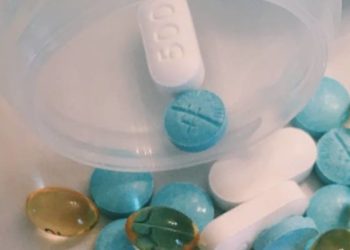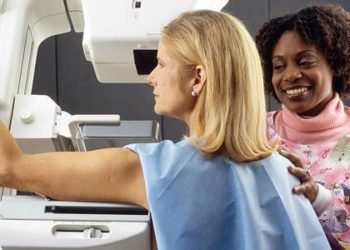Animal regenerative matrix appears safe in breast reconstruction
1. Porcine acellular dermal matrices had low major complication rates following implant-based breast reconstructive surgery.
2. Complications rates between porcine and human acellular dermal matrices were comparable.
Evidence Rating Level: 2 (Good)
Study Rundown: The use of acellular dermal matrices (ADMs) is becoming increasingly common during implant-based breast reconstruction. Also known as regenerative tissue matrix, they are used as caudolateral coverage for breast implants. Currently, there are a number of studies that describe the use of human ADMs but data concerning the use of porcine ADMs are limited. In this study, the authors reviewed medical records of patients who underwent breast reconstruction using porcine ADMs in order to determine their safety. They found that major complication rates following the use of porcine ADMs were low and comparable to complication rates of human ADMs reported in other studies. An important strength of this study was its large sample size. However, there were several limitations including: 1) retrospective study design and 2) study sponsorship bias. Although this study is not the first to report experiences with porcine ADMs in implant-based breast recontruction, it further highlights the potential cost-saving benefits of this alternative tissue matrix.
Click to read the study in Ann Surg Oncol
Relevant Reading: Immediate breast reconstruction using porcine acellular dermal matrix (Strattice™): long-term outcomes and complications.
In-Depth [retrospective study]: This retrospective piece included 127 patients (156 breasts) from 5 German institutions. All included patients underwent breast reconstructive surgery using porcine ADMs. Patients were divided into 3 groups: 1) those who underwent immediate implant-based breast reconstructions, 2) those who underwent delayed implant-based breast reconstructions, and 3) those who received surgical correction of implant-associated breast deformities. This study had a mean follow-up of 19.6 months, with a total major complication rate of 7.1%. Implant loss was the most common complication (3.2%), followed by skin flap necrosis (2.6%) and delayed skin healing (2.6%). Total minor complication rate was 22.9%, with seroma being the most common complication (19.2%).
More from this author: Elective neck dissection may be unnecessary for adenoid cystic carcinoma, Admission may not be needed following sleep apnea surgery, Damage similar in each eye after sequential ischemic optic neuropathy
Image: PD
©2012-2014 2minutemedicine.com. All rights reserved. No works may be reproduced without expressed written consent from 2minutemedicine.com. Disclaimer: We present factual information directly from peer reviewed medical journals. No post should be construed as medical advice and is not intended as such by the authors, editors, staff or by 2minutemedicine.com. PLEASE SEE A HEALTHCARE PROVIDER IN YOUR AREA IF YOU SEEK MEDICAL ADVICE OF ANY SORT.







